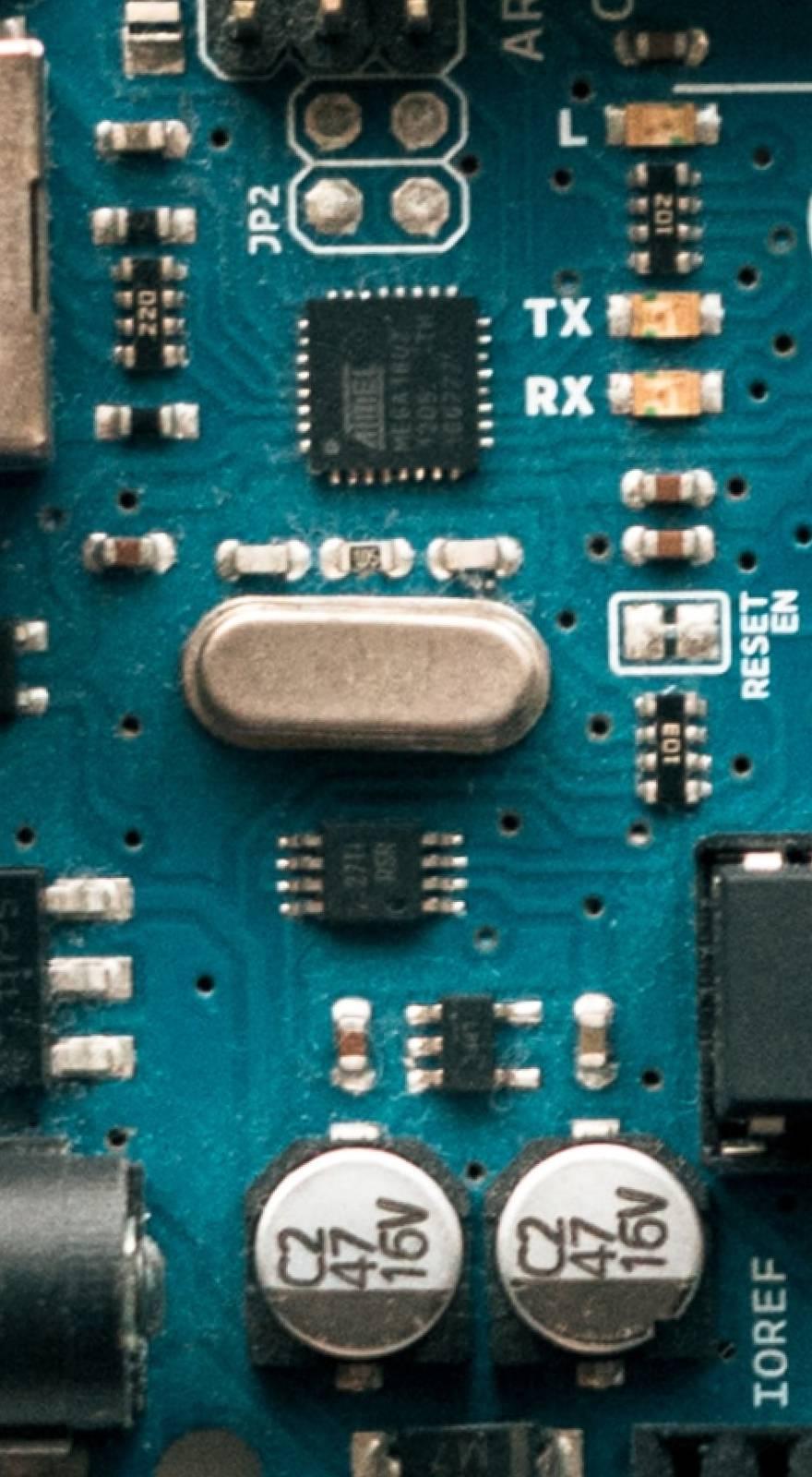Knowde Enhanced TDS
Identification & Functionality
- Chemical Family
- Polymer Name
- Composite Materials Functions
- Technologies
Features & Benefits
- Materials Features
- Product Highlights
- Dual-cure prepreg system
- High toughness
- Excellent resistance to hot/wet exposure
- Robust processing and low voids under vacuum cure pressure
- Long out time and tack life for shop floor handling
Applications & Uses
- Markets
- Composites Processing Methods
- Recommended Applications
- Launch
- Space & Satellite
- Aerostructures
- Thick parts cured under low pressure
- Honeycomb stiffened parts
Properties
- Physical Form
- Typical Properties
- Thermal Properties
| Value | Units | Test Method / Conditions | |
| Density | 1.17 | g/cc | — |
| Dynamic Viscosity at 135°C (275°F) | ~12k | cps | — |
| Gel time at 177°C (350°F) | 9–14 | minute | — |
| Resin Gel Time at 135°C (275°F) | 19–23 | minute | — |
| Value | Units | Test Method / Conditions | |
| Tg by DMA w/Post Cure 177°C (350°F) 2 Hours Dry | 183 (362) | °C (°F) | — |
| Tg by DMA Wet (saturated at 71°C (160°F ) 85% RH) | 136 (277) | °C (°F) | — |
| Tg Cured 1.6°C (3°F)/min to 135°C (275°F) Hold for 6 Hours Tg by DMA Dry | 164 (327) | °C (°F) | — |
Storage & Handling
- Shelf Life
- Out Life: Up to 14 days at ambient
- Frozen Storage Life: 12 months at -18°C (< 0
Out life is the maximum time allowed at ambient temperature before cure.* Ambient is 18–22°C (65–72°F).
- Product Handling
The following guidelines are provided to our customers to assure that best practices are used to attain the best results from Toray Advanced Composites epoxy products. Keep in mind that these procedures represent best practices for all composite prepreg and adhesive materials.
-
FREEZER STORAGE: Epoxy resin materials have good shelf life at room temperature; however, the life and performance of the material is best preserved with the following basic guidelines. Refer to the shelf life included in the product certifications. The epoxy material should be sealed in an airtight bag and kept frozen below -18°C (0°F) when not being used for longest life and most consistent performance. A good safety measure is to have a bag of desiccant (silica moisture absorber) in the core of the prepreg roll to assure the best protection from moisture ingression.
-
MOISTURE ABSORPTION AND SENSITIVITY: While very resistant to moisture absorption after cure, epoxies can be adversely affected by moisture uptake prior to cure. For this reason, all materials must be completely thawed to room temperature prior to opening the sealed bag to avoid condensation on the material. Also, it is good practice to keep prepreg and in-process hardware in a sealed bag or vacuum bag if it will be exposed to the atmosphere for long periods of time.
-
HANDLING OF MATERIALS: When handling any prepreg materials, one should always wear clean, powder-free latex gloves. This will assure that no hand oils are transferred to the prepreg and/or composite during processing. The presence of oils in the part could lead to problems in both mechanical and electrical performance of the part. This also guards against dermatitis that may occur with some users.
- NONMETALLIC HONEYCOMB AND FOAM CORE USE: When using nonmetallic honeycomb and foam core materials for sandwich structures, the materials should always be dried in an oven prior to lay-up to drive off any moisture that may be in the core. The core should be cooled in the presence of a desiccant to avoid moisture uptake. Following drying, it is always best to use the material as soon as possible. Recommended core dry time/temp: 121°C (250°F) for 3–4 hours
-
DEBULK LAY-UP MATERIAL SEQUENCE FROM TOOL SURFACE TO BAGGING MATERIALS:
- Bottom tool
- Non-porous FEP
- Prepreg
- Porous TX1040
- Non-porous FEP
- Caul plate
- Breather (woven or thick breather)
- Vacuum bag
A robust debulking procedure is necessary to minimize entrapped air between plies as shown in Figure 1. Vacuum level should be at least at 27 inHg. TC275-1 was debulked every 4 plies for 5–10 minutes. TC275-1 woven fabric was debulked every 2 plies for 5–10 minutes. An additional ply of porous Teflon coated glass (TX1040) was used to help with the removal of entrapped air, and it was replaced every 2–3 cycles.
-




